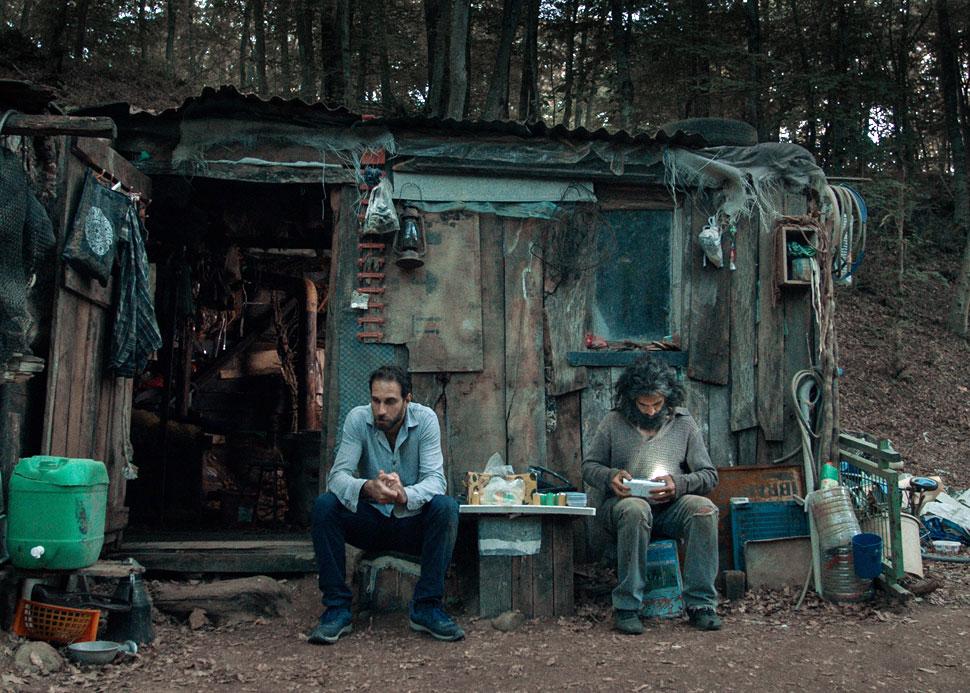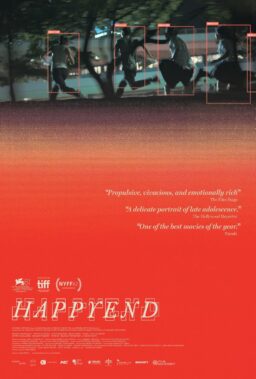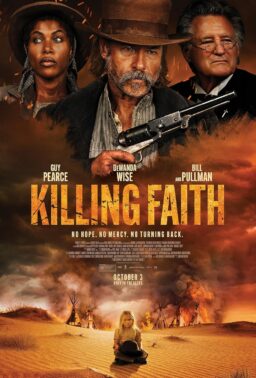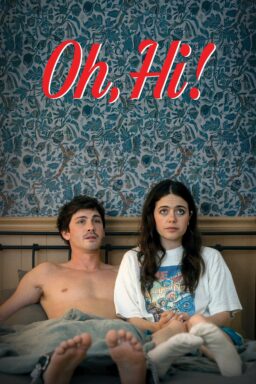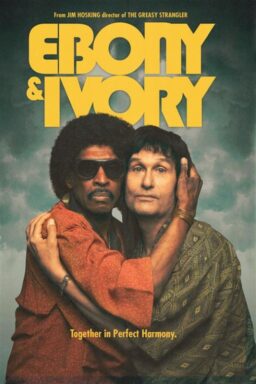This year marks the fourth time I’ve been invited to the Venice Film Festival to participate in a panel discussion of the films of the Biennale College. A program for emerging filmmakers, it’s kind of like Sundance Labs meets Project Greenlight, albeit without the reality-TV element of the latter. (Thank God.) The College committee goes though submissions from filmmakers, picks three feature proposals (the VR committee picks more), and gives the winners 150,000 Euros to produce a film. Two catches: they can’t accept any supplemental funding, and they’ve got to deliver a finished picture in approximately ten months.
The pictures premiere at the subsequent festival, and one of the assessment sessions (there are no awards, which is refreshing) has a panel of American critics weigh in on the movies and their prospects at reaching a worldwide audience.
Because I’m such a cheerful guy, I mentioned to the audience that I was curious as to whether in the coming years international fledgling filmmakers would even want to hear from a group of U.S. critics, even one as astute and congenial as the panel assembled here. (The head of the panel, the great scholar and critic Peter Cowie, is British; but the remainder of the critical panel were Yanks: me, Chris Vognar, Stephanie Zacharek, Mick LaSalle, Michael Phillips, David Bordwell. We were joined by Jane Williams, who had helped coordinate the VR presentations.) My point was that while the U.S. has been a vital component of the film industry, today, between the Trump Administration and studio hegemony spearheaded by Disney, our country is more in the business of cultural annihilation than cultural leadership. I was not heartily disagreed with, I must say.
As for the films themselves, my own responses to them varied, but I was pleased to note that each one favored a direct, personal mode of communication that wasn’t too concerned about straying from the margins of conventional narrative modes. Mick LaSalle admitted that he found this a little frustrating as a viewer and I understood where he was coming from. But I did not much mind, at least conceptually.
The pictures were: “Yuva” (pictured at top) from Turkey, as directed by Emre Yeksan. It’s the story of a man living in a forest, beset by outside forces trying to expel him. As Yeksan’s second feature, it’s a superb piece of atmospheric filmmaking whose story has intriguing mystical elements.
“Deva,” from Hungary, has a teenage girl protagonist, an albino living in an orphanage that she’s rapidly outgrowing. Directed by Petra Szőcs, it features terrific performances from Csengelle Nagy as the girl and Boglárka Komán as a sympathetic guardian.

My favorite of the three was “Zen in the Ice Rift,” written and directed by Margherita Ferri, about a transgender teenager in a small mountain village in Italy and the challenges he faces. It is really one of the best portrayals of how a transgender person feels, to the extent I’d recommend a viewing to almost anyone confused about the whole issue. I hope it gets a release in the United States.
My friend David Bordwell has an extremely astute, as usual, account of the College offerings here. As I am only a few hours home and rather exhausted, I ask to be forgiven for using him as a stand-in rather than offering more expansive thoughts just yet. But like him, I have a lot of gratitude for Peter, all my fellow panelists, and festival stalwarts Paolo Baratta, Alberto Barbera, and Michela Lazzarin.

Before signing off, I have to mention the festival’s always excellent slate of restored classics, which I could not indulge to my full satisfaction given the preponderance of must-see (and LONG) new pictures premiering this year. I’m still a bit verklempt at having had to miss a new cleanup of Mizoguchi’s “Street of Shame.” I did manage to get in three: Larisa Shepitko’s harrowing, inspired 1977 WWII suspense drama “The Ascent,” restored by Mosfilm; William Wellman, Ben Hecht, and David O. Selznick’s 1937 screwball comedy “Nothing Sacred,” restored by MOMA using an actual Technicolor source for the first time; and Billy Wilder’s immortal 1959 “Some Like It Hot,” restored by Park Circus and the Criterion Collection under the supervision of Grover Crisp.
“Some Like It Hot” really sparkles in this version; that diamond bracelet Josephine finagles from Daphne to give to Sugar has never looked more diamondy. The movie works like a charm still, and maybe even more so for this increasingly sentimental fool: I teared up during the “I’m Through With Love” scene at the end, something I’ve never done in my other three dozen or so views of the picture.
“The Ascent” is one of those movies I’d use to prove my argument that Russians made the best World War II movies. This story of a couple of partisans trapped by German occupiers of a village is spiritually harrowing and visually stunning.
The big revelation of the three was “Nothing Sacred,” which I’ve only seen in badly duped versions (the only ones available for quite some time, apparently) that made a mess of its unusual, pastel-like use of Technicolor. This version has a softer look than we associate with Technicolor … and it’s very pleasing. This “Sacred” doesn’t blow out your eyeballs while it makes astute comedic observations, and the loveliness and hilarity of Carole Lombard shines like new.
To read the rest of Glenn Kenny’s coverage of the 2018 Venice International Film Festival, click here

